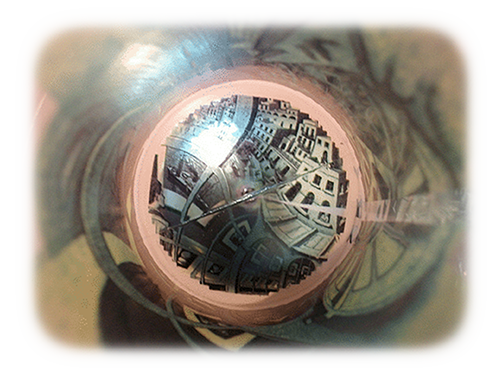
The BONUS research group aims to develop new approaches capable of effectively tackling the massive and complex nature of modern optimization problems. Solving such problems poses several challenges, notably related to dimensionality, scalability, and the efficient use of parallelization on massively multi-core and heterogeneous supercomputers, incorporating other parallel devices such as GPU accelerators. The team is interested in addressing difficult optimization problems with large number of variables, multiple objectives, blackbox functions, expensive functions, multimodal functions, etc. It aims to develop and analyze optimization methods at the interface of computational intelligence (e.g., evolutionary algorithms, fitness landscape analysis), machine learning (e.g., surrogates, automated algorithm configuration/selection, autoML), and high-performance parallel computing (e.g., massively parallel and heterogeneous supercomputers).
More specifically, the research activities of BONUS are structured around three main axes: (i) decomposition-based optimization in the decision space and objective space, (ii) intelligent optimization and machine learning through the design and analysis of automated, model- and data-guided high-level advanced approaches, and (iii) ultra-scale optimization on massively parallel, distributed, and heterogeneous computing architectures. The first axis addresses challenges related to the dimensionality of optimization problems. The second axis tackles challenges related to the complexity and intrinsic structure of the search landscape induced by an optimization problem or instance. The third axis aims to efficiently exploit the increasing amount of available computing resources. The combination of these three axis is rarely addressed in the literature and constitutes a challenge in itself. From a software perspective, the team aims to systematically integrate its developments into software frameworks such as ParadisEO. In terms of applications and industrial transfer, the team focuses particularly on scheduling energy systems such as smart grids and engineering design.
Bilel Derbel
Optimisation parallèle exascale en utilisant les décompositions basées sur les fractales
La conception automatique et optimisation multi-objectifs de réseaux de neurones pro-fonds parallèles pour la détection automatique des incidents en temps réel
Attaquer la "large échelle" : calcul haute performance pour l'intelligence computationnelle
Optimisation exacte exascale basée sur l'approche MPI+X
Optimisation de modèles deep learning : algorithmes et logiciel pour un système électrique durable 24/01/2025
Contributions to the Analysis and Design of Parallel Batched Bayesian Optimization Algorithms 21/06/2024
Analyse de Paysage Multi-objective et Sélection Automatique d'Algorithmes 20/12/2023
Optimisation boîte grise massivement parallèle et large échelle 19/12/2023
Sélection automatique d'algorithme pour l'optimisation multi-objectif 09/12/2022
Optimisation coûteuse multi-objectifs assistée par des modèles de substitution 09/11/2022
Optimisation robuste du crissement sous variabilités topographiques des surfaces de contact 20/06/2022
Contributions à l’optimisation multi-objectif à base de décomposition 03/12/2021
Optimisation de laboratoires d'analyse : de la modélisation à la résolution du problème 17/12/2018
Analyse de paysage et recherche heuristique pour l'optimisation multi-objectif 15/06/2022